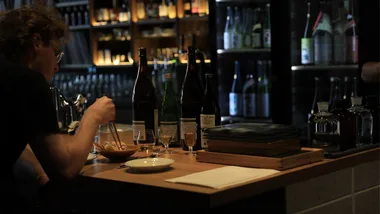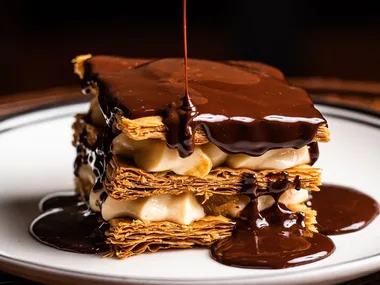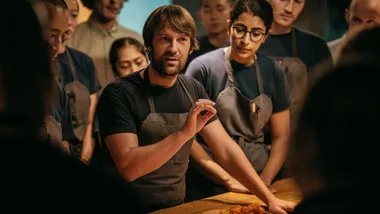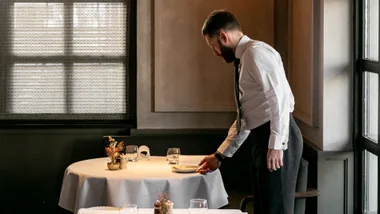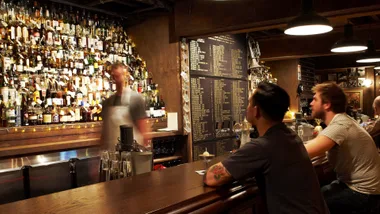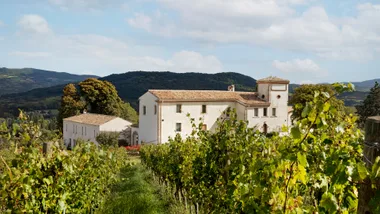When many people first see the Breville kettle featuring artwork by Western Desert artist Yalti Napangati, a typical reaction is that it looks beautiful. Its ochre yellows and sunburnt reds – painstakingly reproduced with high quality transparency and even true texture to the dots – take this usually unremarkable kitchen appliance to a new level.
But what may be less immediately obvious is the deep layers of story and meaning that Napangati has infused into her work. “There are a whole lot of threads going on there,” says designer Alison Page, a Wadi Wadi and Walbanga woman of the Yuin nation, who curated the collection. “There are women sitting around the water hole drinking tea – I love how Yalti has used the water window in the kettle as a water hole. There’s ecological data about the Piruwa tea plant; when it’s in flower, what time of year is the best time to collect it, which parts are potent. And then there’s the story of what it culturally means to women to get together and be welcomed to Country with a cuppa.”
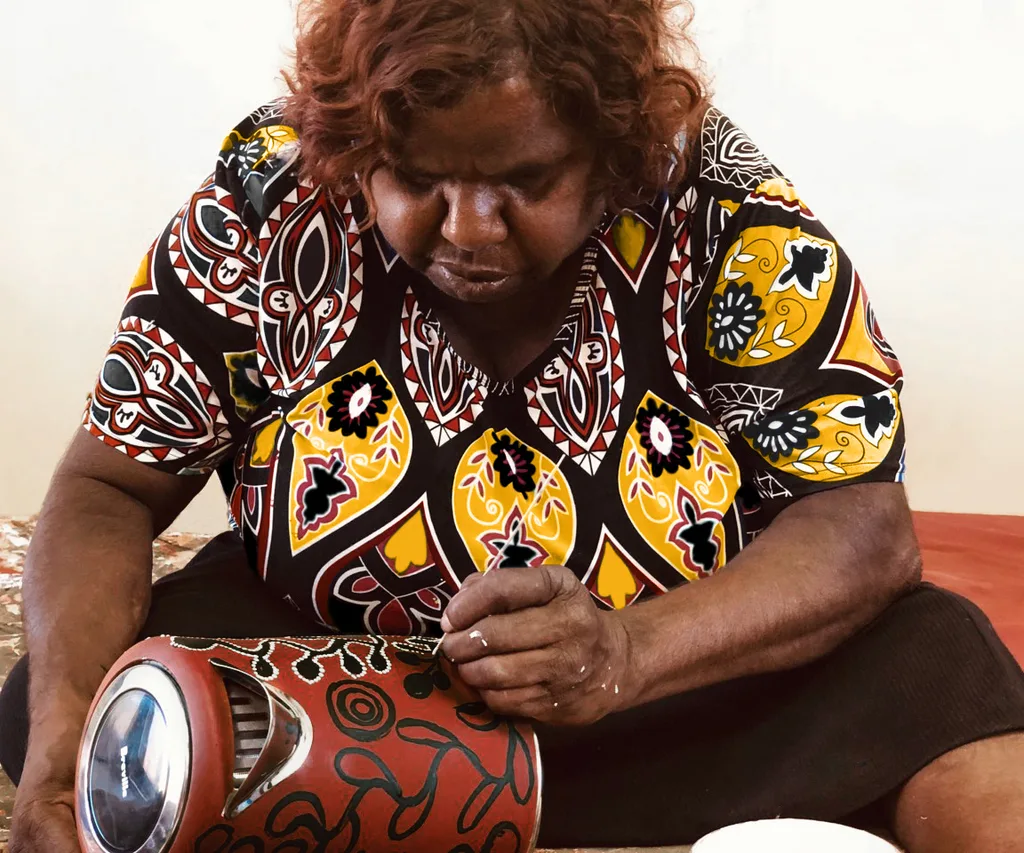
Yalti Napangati.
(Photo: supplied)Recording stories and information via art on tools and cooking utensils is exactly what Indigenous people have always done for 65,000 years, Page explains. “Our relationship to nature is about animals, plants, the sky, the land – other people understand that,” she says. “But it’s also about the built environment. That’s an extension of nature. So our tools for living – whether it was a coolamon or a boomerang or a digging stick – all of that is part of our relationship with nature and all of it is a chance to record data.”
That’s what makes Breville’s ‘An Aboriginal Culinary Journey’ collection – comprising six pieces designed by three Western Desert artists and members of the original Pintupi Nine: Yalti Napangati, Yukultji Napangati, Warlimpirrnga Tjapaltjarri and Sydney-based artist and Yuwaalaraay woman, Lucy Simpson – such a natural partnership.
“To understand this project you have to understand that Aboriginal people, we didn’t always have the written word,” Page says. “So we use our objects and things that we use every day, as a way to record the vast amounts of cultural and ecological data that we needed to survive.
“That’s why I say that these appliances are wrapped in Country. They’re wrapped in the library of the Dreaming.”
The modernity of these objects wasn’t something that raised an eyebrow among any of the artists, either. Aboriginal people never stop finding new ways to express their Culture, Page explains, so bringing that Culture to appliances was something that they embraced without hesitation. “There’s a misconception that Aboriginal people are stuck in their traditions,” Page says. “Actually, we’re a living culture. The oldest living culture. And the ‘living’ aspect means we’re always finding new languages and new ways to express ourselves.”
It wasn’t all about the end result. The process of recording these ‘songlines’ onto the Breville collection is something that fascinated Breville’s Design and Innovation Director, Richard Hoare, as he watched the artists work.
“I’ve been in design for a long time, and been around creative people watching them work, but I’d never seen anything like this,” he says. “Generally when I work with a designer using a pattern, they’d do a lot of trial and error first – layering things, checking, making sure it matched up on the other side. Every one of these artists just picked up the product and started – and finished it perfectly on the other side. Their spatial awareness, the way they could think in this incredible three-dimensional way. It was amazing.”

Photo: supplied
The final products are a collection that Page, Hoare and the rest of the team at Breville hopes will help to reset many people’s ideas about the disposability and mundanity of everyday items such as kettles, toasters or coffee machines.
Page loves the idea that someone who owns one of these appliances – whether they live in the desert, in Sydney or even in California – will take a little more time over their morning coffee or piece of toast, to think about the stories that these pieces have brought into their lives.
“Why do objects just have to be functional with no meaning?” she asks. “I hope that these pieces are like a mnemonic for people who buy them. When you have that cup of coffee, you will think about women’s ceremonies. When you have that piece of toast, you will think about ancient grains.
“It’s like a beautiful invitation into the heart and soul of Aboriginal culture.”
100 percent of Breville’s profits will go to National Indigenous Culinary Institute, Indi Kindi by the Moriarty Foundation and UTS.
The an Aboriginal Culinary Journey range is limited to 10,000 pieces globally. In Australia it’s exclusively available at acj.breville.com, David Jones and Qantas Frequent Flyer Reward Store.



